Solar energy is a vital key in our race for more clean energy solutions. Its importance stems from its eco-friendliness and potential to reshape our energy landscape.
From its historical origins to modern innovations, we think it’s important to dive into as many small facts and bits that will help you understand how these systems work, where the technology can go, and more.
Here are 15 fundamental insights that highlight the significance of solar energy in our world today.
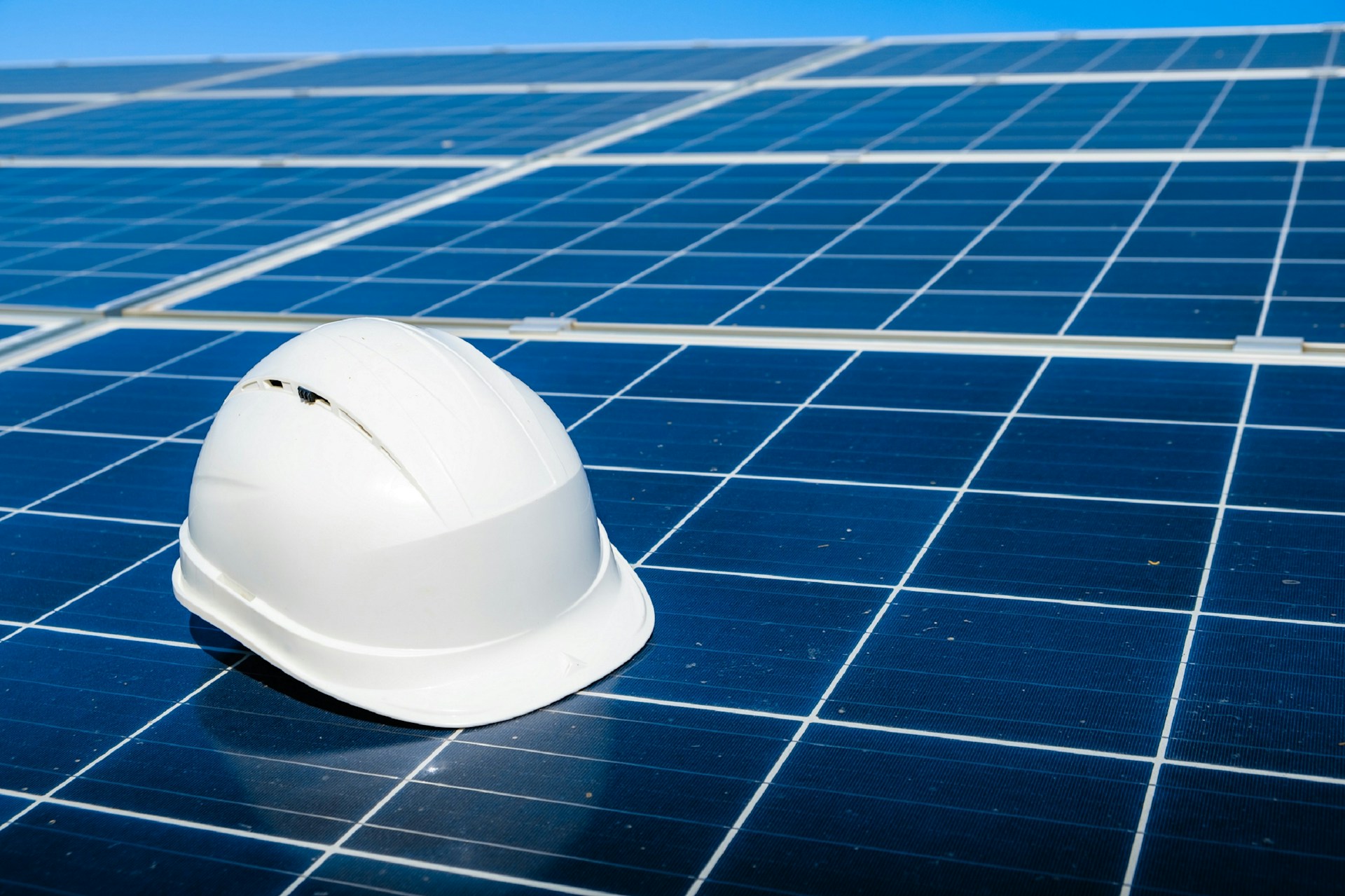
Statistics About Solar Energy Usage Today
Solar energy usage varies widely by country, with the top 10 nations accounting for about 74% of the photovoltaic market.
In 2021, China held the world’s largest solar capacity at 306,973 MW, supplying around 4.8%-6% of its energy needs, followed by the United States with 95,209 MW and Japan with 74,191 MW.
Currently, 4.4% of our global energy comes from solar power. The global solar energy capacity presently stands at 850.2 gigawatts (GW). This represents the total potential energy output from all solar installations worldwide at any given moment.
It is also important to note that 11.5% of global renewable energy comes from solar power. Although hydroelectric power stands as the largest source of renewable energy, solar capacity is rising at a much faster rate than any other renewable source of energy.
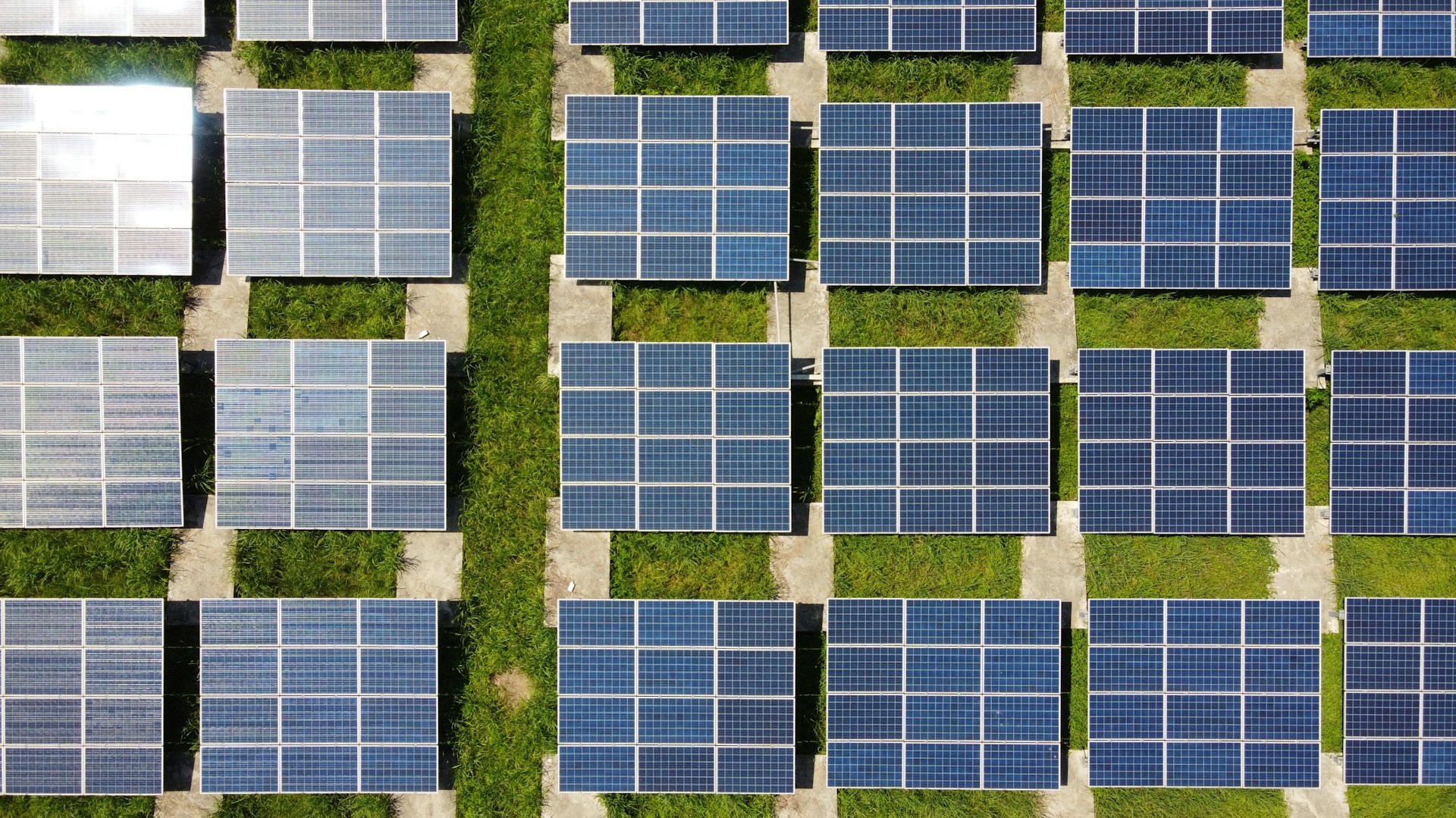
15 Facts About Solar Energy That Will Blow Your Mind
1. We Can Generate Electricity for a Very Very Long Time
Solar is the most abundant source that generates electricity on Earth, with more solar energy reaching the planet in an hour than the world uses in a year. We will not run out of the sun’s rays— and solar power, in extension— any time soon.
2. The Cost of Solar Electricity Generation is Highly Cost-Effective
Solar is free, renewable, and the cheapest energy source. Over the past decade, solar panel prices have significantly dropped as the industry has grown and achieved production on a massive global scale. Typically, solar panels amount to approximately $8.77 per square foot of living space, considering the 30% tax credit.
3. Renewable Energy is Highly Reliable
The National Renewable Energy Laboratory says, “more energy from the sun falls on the earth in one hour than is used by everyone in the world in one year.
Solar is one of the most reliable forms of energy. It provides an abundant energy source from the sun. Enough sunlight can generate energy to power devices and other appliances in your home. The sun’s energy are absorbed by the solar PV cells on the surface of the solar panels.
4. Environmental Impact
An important consideration for solar panel installations is that solar emits fewer greenhouse gas emissions than fossil fuels which makes it one of the most efficient renewable energy sources.
When you install solar panels, you’re choosing a “carbon-free” energy option that, once established, generates no greenhouse gas emissions and mitigates global warming and climate change.
5. Solar Panels Have an Amazingly Long Lifespan
Solar power plants can last 40 years or more. In addition to solar cells, solar power plants generate electricity, where panels typically have a lifespan of 40 years or more. These panels can be replaced and upgraded with newer, more efficient modules at a relatively low cost so they last longer.
6. Solar Panel Has Many Uses
Solar power can be used to power homes, space crafts, and many gadgets. It can also create electricity in remote areas. A solar battery can be integrated into your solar panels, allowing you to generate electricity even after sunset and offering backup power during emergencies.
7. Solar Energy was Discovered Almost 200 Years Ago
Photovoltaics, an active solar technology, was first identified in 1839 by French physicist Alexandre-Edmond Becquerel at the age of 19. He observed that when silver chloride was immersed in an acidic solution and exposed to sunlight, attached platinum electrodes produced an electric current.
This method of generating electricity directly from solar radiation is termed the photovoltaic effect or photovoltaics. Currently, photovoltaics stands as one of the most recognisable methods of harnessing energy from sunlight.
8. It’s the Cheapest Energy
Today, solar is one of the cheapest sources of new energy being built, second only to wind energy. In the International Energy Agency’s primary projection, the solar output forecast for 2040 is 43% higher than what was anticipated in 2018. This increase is attributed in part to comprehensive new assessments revealing that solar power is 20-50% more cost-effective than previously believed.
9. The Efficiency of Solar Energy is Remarkable
The efficiency of solar energy refers to the percentage of sunlight that solar panels that enable electricity generation. Typically, solar panels have an efficiency ranging from 15% to 22%, depending on various factors such as the quality of the panels, sunlight intensity, and temperature.
10. Solar Panels Can Produce Solar Energy Without Direct Sunlight
Solar panels work without direct sunlight. The reality is that solar panels use daylight to generate electricity and do not require direct sunlight to function. Solar panels convert photons from natural daylight into electricity, which is why the heat from the sun does not significantly impact electricity production.

11. Solar Panels Can Last Up to 30 Years
The longer your solar panel systems work well, the more money you save. Most home solar panels should keep working for 25 years before they start making less energy.
Even after that, they still make solar energy, just not as much as before. It’s rare for a solar panel to stop making energy completely, but over time, they might not work as well, so you might need to replace them eventually.
12. Solar Batteries are Getting Cheaper
Solar batteries are expensive because they are a new technology, but prices are falling as the market matures. The cost of residential solar batteries ranges from $1,000 to $1,300 per kilowatt-hour (kWh) of capacity installed.
13. Many Countries are Now Investing in Solar Energy
The top solar energy installers in 2022 included China at the top followed by the USA, Japan, Germany, India, Italy, Brazil, Netherlands, and South Korea ranked by their total capacity respectively. Australia is also quickly growing! And with the Australian government’s initiatives to ramp up clean energy, it will only keep growing.
14. Solar Energy Also Creates Biomass
Solar energy can also indirectly create chemical energy through photosynthesis. This energy creates biomass (also known as biofuel), plant or animal material that eventually becomes fuel to produce heat or electricity. These gradually become fossil fuels after long periods of time.
15. There are now solar cities around the world
Tokyo, Japan’s capital, leads in solar power with over 1,100 MW capacity. Solar panels adorn government buildings, schools, and public spaces, with plans to have more energy to 1,600 MW by 2030. On the other hand, San Diego, California, leads U.S. solar adoption with over 850 MW capacity, aiming for 100% renewable energy by 2035 in its Climate Action Plan.
Final Thoughts
Solar energy can be a great factor in protecting the earth with a range of benefits from environmental friendliness to cost-effectiveness. The significant growth in solar energy usage worldwide underscores the benefits of installing solar panels to produce renewable energy.
With advancements in technology and limiting the use of natural gas, solar power continues to pave the way toward a cleaner and more sustainable future. From its incredible abundance to its role in powering cities and homes, renewable energy stands as a beacon of hope in our journey towards a greener planet.

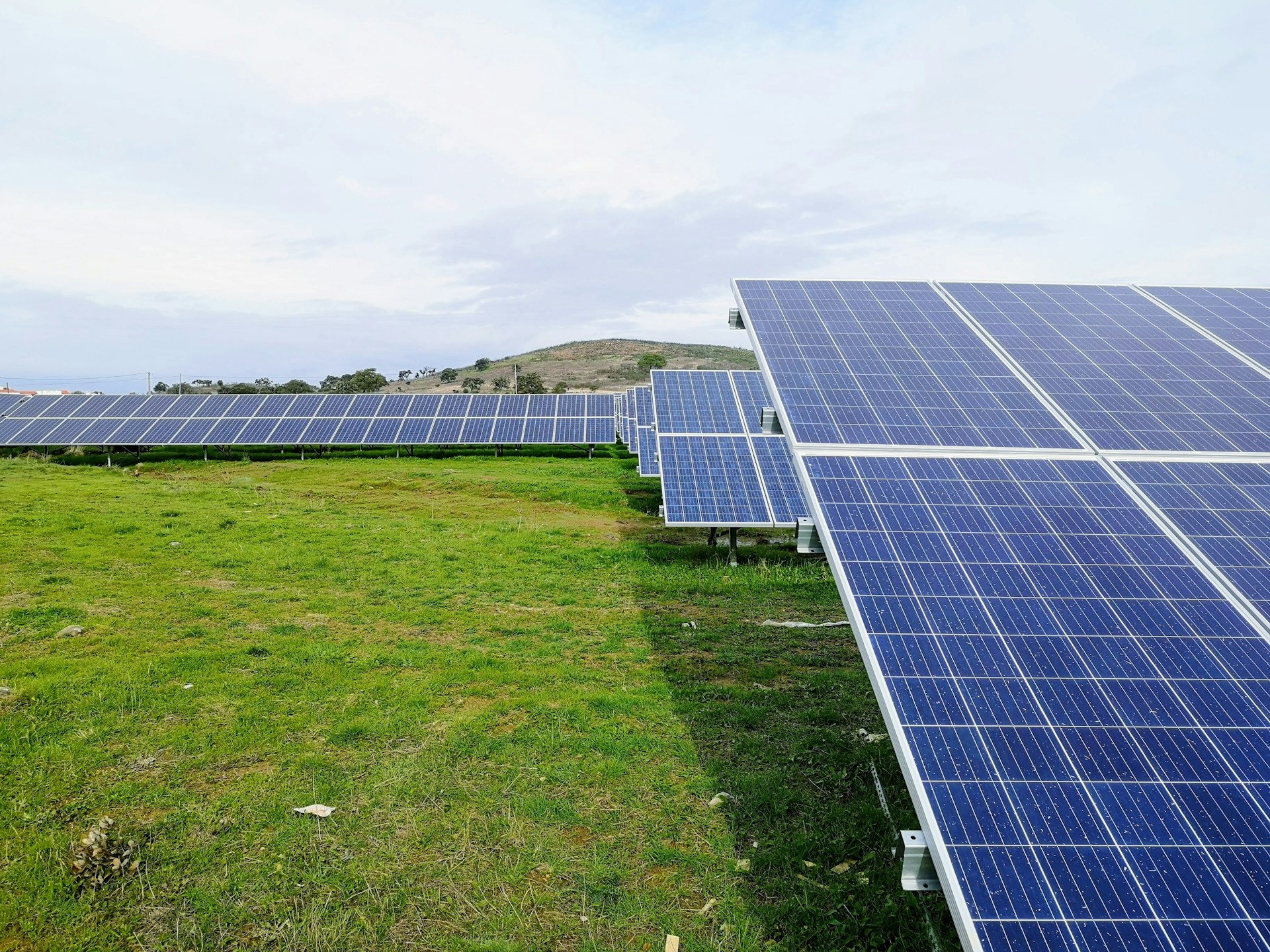
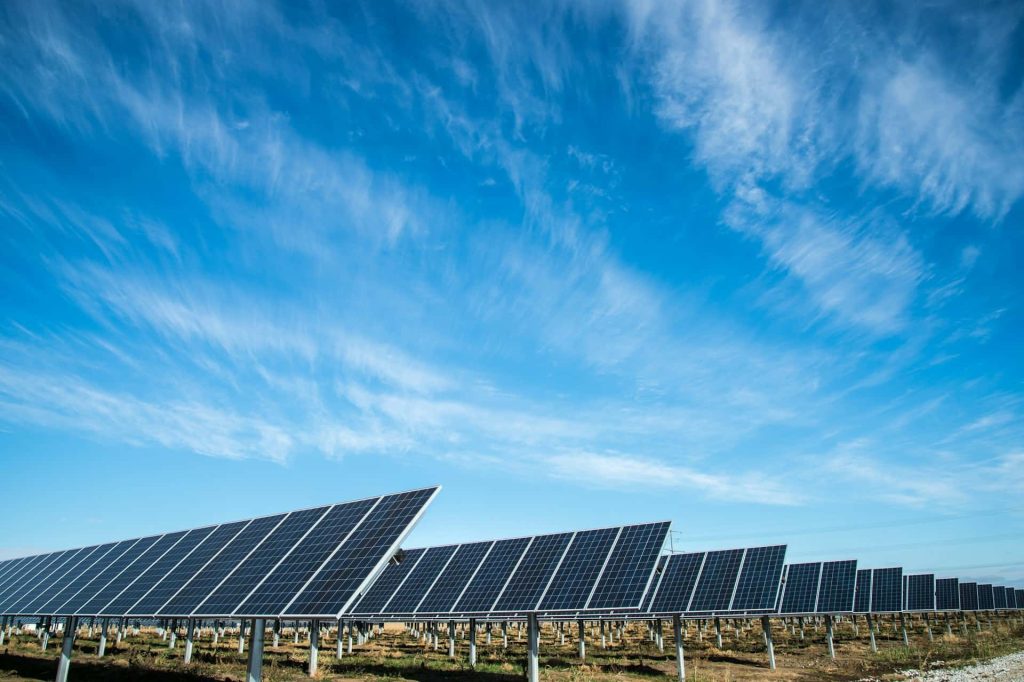

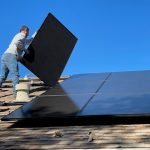


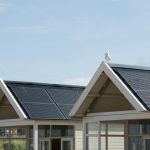
Leave a Reply